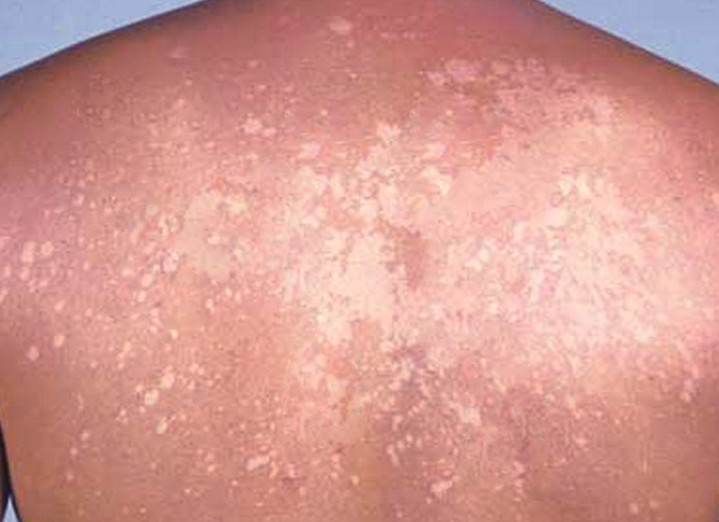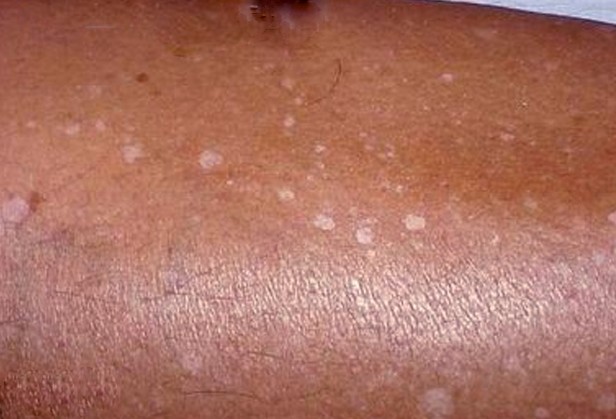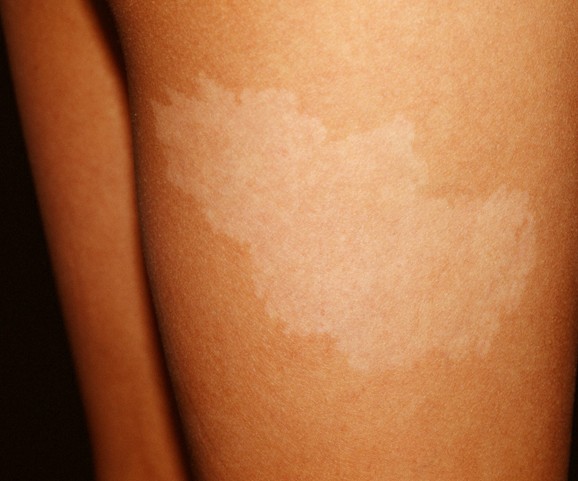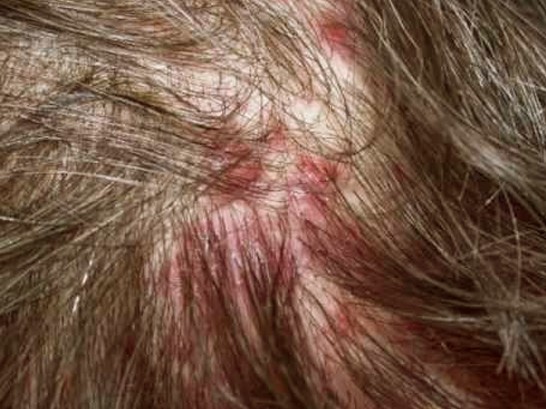What are those white spots on your skin?
The medical terminology for this medical condition is called hypopigmentation. It is a form of skin discoloration that can occur just about anywhere on your body. This includes your forearms, legs, upper and lower back, shoulders, face, etc. White spots on skin can affect anyone regardless of age, gender, or race with them being more prominently seen on those who have tanned or dark skin. It is fairly common to see these white spots on people who live in humid, hot climates. When a person has these white spots, they can vary in size from small to large white spots. Some may even turn brown and be covered with white scaly skin,
Are there any Symptoms for white spots on skin?
Causes of White Spots on Skin
When a person has hypopigmentation, it happens for one of two reasons. It can happen because the amino acid tyrosine decreases or the melanocyte cells in your skin are depleted. When either of these occurs, it causes a reduction in the production of melanin, which is the substance that gives your hair and skin its color. It is also referred to as pigment. When the melanin cells are depleted this is when you start to see the white spots on skin.
Some of the causes of having white spots on skin can include, but not limited to:
Tinea Versicolor

This is a common type of non-cancerous skin condition that is caused by a type of yeast that normally occurs on your skin called Malassezia. This yeast can overgrow and cause these white spots in certain conditions like when your skin becomes warm, moist, and oily. With these white spots, you will commonly find them on your abdomen, thighs, upper arms, and neck. These spots can also be a reddish-brown in color. It is not contagious although it is considered an infection. It is also called pityriasis versicolor.
Vitiligo

This cause affects approximately one to two percent of the people worldwide. It is due to the destruction of the melanocyte cells, which causes a loss of pigment in your skin. You will see this type generally on the areas of your skin that is sun-exposed like your limbs, face, and lips.
Idiopathic Guttate Hypomelanosis

With this cause the white spots on skin are flat and measure approximately two to five millimeters in size. It is called idiopathic because the exact cause is not known. Guttate refers to the teardrop shape of the spots and hypomelanosis means the lighter color of the affected areas. It normally appears on areas that exposed to the sun, especially areas of your forearms and your shins but they can appear on your face, shoulders, and neck. These white spots are normally smooth but can be scaly.
Nevus Depigmentosus

This type is normally present at birth and is considered a non-progressive hypopigmented disorder. The white spots on skin will usually appear on your back, chest, and limbs, and have an irregular pattern.
Pityriasis Alba

This is a common skin condition that has no exact known cause but the white patches are more noticeable during the summer because of the tanning of the skin that surrounds these patches. During the winter, the patches will dry up and appear scaly. It can cause red spots that are raised but often appear mild. After becoming raised red spots they will turn pale and become flat smooth patches that are pale. They usually appear on your face but can also occur on your shoulders, neck, and upper arms.
Some people may also see their skin appearing blotchy after using a tanning bed. This could be due to pressure points on different parts of your body causing the blood flow to certain parts of your body being reduced so the areas are pressed against the bed surface causing white spots on the skin.
Risk Factors
As with each cause or type of white spots on skin there are certain risk factors.
- Tinea Versicolor — living in a warm, humid climate can make your chances more prevalent of developing white spots on skin. Other risk factors can include excessive sweating, pregnancy, taking medications such as corticosteroids, having oily skin, or malnourishment. Having anything that causes you to have a weakened immune system can also increase your chances of Tinea Versicolor.
- Vitiligo — although it is due to the destruction of your melanocyte cells it is still not know exactly what causes this to happen. One thing that is noted is that it appears more commonly in those who have certain kinds of autoimmune diseases like adrenal insufficiency, Hashimoto’s disease, alopecia areata, and pernicious anemia. Suffering from any type of stress that can affect your immune system may also cause it. There may also be a hereditary factor as this type appears to run in families. You may even suffer loss of pigment due to a mild trauma to some part of your skin.
- Idiopathic Guttate Hypomelanosis — this is normally associated with the natural process of aging and is generally seen in people older than forty with women more prone than men to developing this type and who are light skinned but can affect those with dark skin. It is thought to have some hereditary factors because it appears to run in families. Being over-exposed to the sun in your early years can also contribute.
- Nevus Depigmentosus — this type affects mostly teenagers and younger children
- Pityriasis Alba — this form affects mainly teenagers, adolescents, and young children, especially males.
Treatment
White spots on skin are harmless and when you use the right skin care tips they will improve so you can treat or not treat these spots. If you decide to treat them in order to be able to treat this medical condition it is very important that you see your dermatologist to find out the cause so the right treatment can be started.
- Tinea Versicolor — because this is caused by a yeast infection it can be treated using over-the counter anti-fungal medications. Some of these medications include clotrimazole, terbinafine, and miconazole. There is also a shampoo that you can get that contains selenium sulfide that can be applied to the areas that are affected before you go to bed. Apply it like you would a regular lotion and rinse it off the next morning in the shower. You should see your dermatologist for a stronger medication if it persists for over fourteen days.
- Vitligo — there are many different ways in which to treat this cause of white spots on skin. In the early stages you can use skin grafting but in later stages you can use phototherapy, steroid creams, psoralen photochemotherapy (PUVA), laser treatment, or depigmentation treatment.
- Idiopathic Guttate Hypomelanosis — the typical treatment used is topical steroids but it can also be helpful to have light microdermabrasion. Some dermatologists recommend using cyrotherapy.
- Nevus Depigmentosus — to treat this form dermatologist recommend using PUVA or laser therapy.
- Pityriasis Alba — treatment is not usually required because it is self-limiting but to help reduce the inflammation your dermatologist may prescribe topical steroids.
If you find that you are developing white spots from regular or artificial sunlight from tanning beds it is advisable to stop tanning because once you have these white spots on skin it can take months for you to get your skin tone even again. If you continue to tan it will only delay the process of eliminating the white spots on skin longer. You can help to nourish your skin by applying vitamin E oil once in the morning and once before you go to bed. You can also use lotions that have hydroxy acids as an ingredient. It is a natural acid that helps to promote new cell growth so when you apply it to your skin it will help to eliminate the white spots on your skin faster by replacing the old skin cells with new skin cells. You should also protect your skin by using the right type of sunscreen and applying it when you are going to be in the sun for any length of time.




